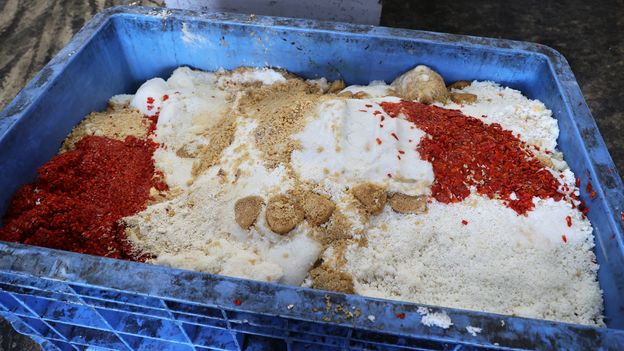…
Japan’s small size and mountainous terrain present challenges for food self-sufficiency. The country imports almost two-thirds of its food and three-quarters of its livestock feed. Yet each year, Japan throws out 28.4 million tonnes of food – much of it edible.
This comes with steep environmental and economic costs. Compared to many countries, consumers in Japan pay higher prices for food because so much of it is imported. And they also pay taxes to cover the majority of the 800bn yen (£4.2bn/$5.4bn) the country spends each year on waste incineration. Food makes up about 40% of the rubbish that Japan incinerates, and incineration produces significant air pollution and greenhouse gas emissions.
As the world’s fifth-largest emitter of greenhouse gases, Japan has set goals of cutting emissions by 46% by 2030 and becoming fully carbon neutral by 2050. Tackling food wastewill have to be a part of those efforts, Takahashi says.



You might’ve missed a detail.
So what you’re saying is Japanese cops get free food?
Haha. You’re right. I totally missed that. Try natto some time, though.
I recently tried it and thought it was great! I’m a big fan of funky fermented foods though.
Also: https://mander.xyz/c/fermentation
Yeah my wife loves natto. I don’t mind the taste at all, but the texture is like a mouthful of snot and I can’t get over it.
I can eat it, at least the cut, less slimy type, but I still don’t like it and no amount of trying it over the years has changed that. Even dried natto as a snack nearly made me gag because my body is just screaming “this is too much rot” no matter what I tell it.